Home>Furniture & Design>Interior Design Trends>How To Build A Greenhouse With Glass
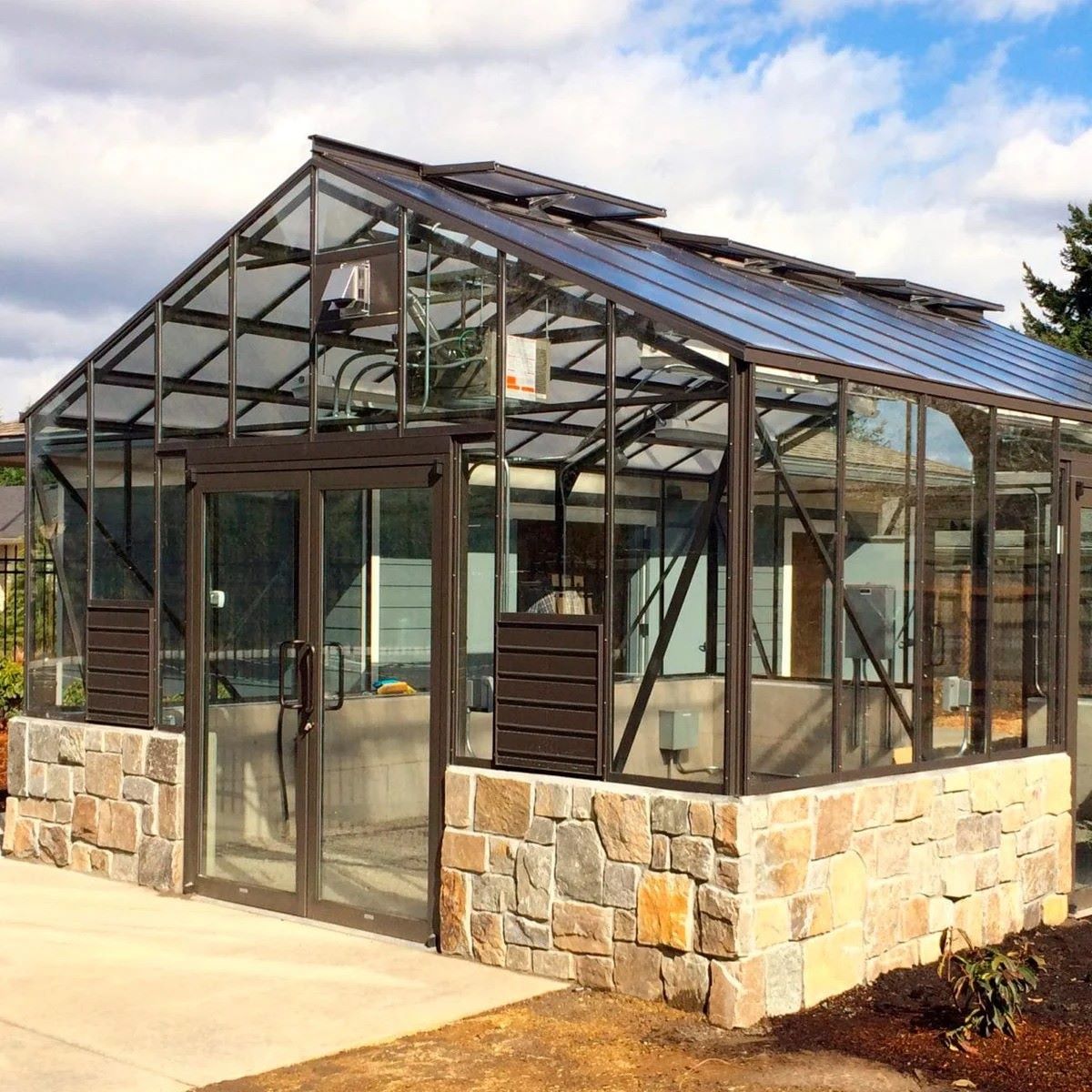

Interior Design Trends
How To Build A Greenhouse With Glass
Modified: February 18, 2024
Learn how to build a beautiful and functional greenhouse with glass, incorporating the latest interior design trends for a stylish and sustainable space. Discover expert tips and ideas for creating your own glass greenhouse.
(Many of the links in this article redirect to a specific reviewed product. Your purchase of these products through affiliate links helps to generate commission for Storables.com, at no extra cost. Learn more)
Introduction
Building a greenhouse with glass is an exciting and rewarding endeavor that allows you to create a thriving environment for your plants while adding a touch of elegance to your property. Whether you are an avid gardener or a beginner with a green thumb, a well-constructed glass greenhouse provides the ideal space to nurture a wide variety of plants, from delicate flowers to luscious vegetables.
A greenhouse offers a controlled environment where you can extend the growing season, protect your plants from harsh weather conditions, and cultivate exotic or delicate species that may not thrive in your local climate. The use of glass as the primary building material provides several advantages, including excellent light transmission, durability, and an aesthetically pleasing appearance that seamlessly integrates with the surrounding landscape.
As you embark on the journey of building your own glass greenhouse, it's essential to approach the project with careful planning and attention to detail. From selecting the right location to choosing the materials and constructing the structure, each step plays a crucial role in the functionality and longevity of your greenhouse.
In this comprehensive guide, we will walk you through the step-by-step process of building a greenhouse with glass, covering everything from the initial planning stages to the final touches. By following these detailed instructions and expert tips, you will gain the knowledge and confidence to create a stunning and functional greenhouse that will enhance your gardening experience and bring beauty to your outdoor space. So, roll up your sleeves and get ready to embark on an exciting journey into the world of greenhouse gardening!
Key Takeaways:
- Building a glass greenhouse requires careful planning, from choosing the right location with ample sunlight and wind protection to selecting durable materials like tempered glass or polycarbonate panels. Proper foundation construction and ventilation are crucial for creating a thriving plant environment.
- Maintaining a glass greenhouse involves regular cleaning, inspecting glazing materials, monitoring ventilation, managing temperature and humidity, pest control, seasonal maintenance, and organizing supplies. These tasks ensure a healthy and flourishing botanical haven.
Read more: How To Build A Foundation For A Greenhouse
Choosing the Right Location
Selecting the ideal location for your glass greenhouse is a critical first step in the construction process. The location will significantly impact the overall performance and success of your greenhouse. Here are essential factors to consider when choosing the right location for your greenhouse:
-
Sunlight Exposure: Ensure that the chosen location receives ample sunlight throughout the day. Ideally, the greenhouse should be positioned in a spot where it can capture the maximum amount of sunlight, especially during the winter months when daylight hours are limited. South-facing locations are often preferred for optimal sun exposure.
-
Shelter from Strong Winds: Protecting your greenhouse from strong winds is crucial to prevent damage to the structure and provide a more stable environment for your plants. Consider locating the greenhouse in an area shielded by natural windbreaks such as trees, hedges, or existing buildings.
-
Accessibility to Water and Electricity: It's essential to place the greenhouse in close proximity to a water source for easy irrigation and maintenance. Additionally, access to electricity can be beneficial for installing lighting, heating systems, and other electrical components.
-
Drainage: Ensure that the chosen location has proper drainage to prevent waterlogging around the greenhouse. Adequate drainage will help maintain a healthy growing environment and prevent water-related issues such as mold and root rot.
-
Topography and Soil Conditions: Assess the topography and soil conditions of the site. Choose a level area with well-draining soil to provide a stable foundation for the greenhouse and promote healthy plant growth.
-
Local Building Codes and Regulations: Familiarize yourself with local building codes and regulations regarding the construction of greenhouses. Ensure that the chosen location complies with any zoning restrictions and setback requirements.
By carefully considering these factors and conducting a thorough site evaluation, you can select a location that will optimize the performance of your glass greenhouse and create an ideal environment for cultivating a wide range of plants. Once you have identified the perfect spot, you can proceed to the next steps of the construction process with confidence, knowing that your greenhouse is positioned for success.
Selecting the Materials
When it comes to building a greenhouse with glass, selecting the right materials is crucial for ensuring the structural integrity, functionality, and longevity of the structure. From the frame to the glazing materials, each component plays a vital role in creating a durable and efficient greenhouse. Here's a detailed look at the essential materials required for constructing a glass greenhouse:
Frame Materials
The frame serves as the backbone of the greenhouse, providing support for the glazing materials and contributing to the overall strength of the structure. When choosing frame materials, consider factors such as durability, weather resistance, and ease of maintenance. Common options for greenhouse frames include:
-
Aluminum: Lightweight, durable, and resistant to corrosion, aluminum frames are a popular choice for greenhouse construction. They require minimal maintenance and offer excellent structural stability.
-
Galvanized Steel: Known for its strength and longevity, galvanized steel frames are capable of withstanding harsh weather conditions and providing robust support for the greenhouse structure.
-
Wood: For a more traditional and aesthetically pleasing option, wood frames can be used. Cedar and redwood are popular choices due to their natural resistance to decay and insects. However, regular maintenance is essential to preserve the integrity of wood frames.
Glazing Materials
The choice of glazing materials significantly impacts the insulation, light transmission, and overall performance of the greenhouse. When it comes to glass greenhouses, the primary glazing materials include:
-
Tempered Glass: Renowned for its strength and durability, tempered glass provides excellent light transmission and is resistant to impacts. It also offers superior insulation properties, making it an ideal choice for maintaining a stable internal climate.
-
Polycarbonate Panels: Offering high impact resistance and good insulation, polycarbonate panels are a lightweight alternative to glass. They are available in various thicknesses and can provide UV protection for plants.
-
Glass vs. Polycarbonate: Consider the specific needs of your plants and the local climate when choosing between glass and polycarbonate. While glass offers unmatched clarity and longevity, polycarbonate panels are more affordable and easier to install.
Additional Materials
In addition to the frame and glazing materials, other essential components include:
-
Fasteners and Hardware: High-quality fasteners and hardware are essential for securely assembling the greenhouse frame and attaching the glazing materials.
-
Sealants and Weather Stripping: To ensure a watertight and airtight seal, use appropriate sealants and weather stripping to prevent water infiltration and air leaks.
By carefully selecting the right materials for your glass greenhouse, you can create a sturdy, energy-efficient, and visually appealing structure that will provide an optimal environment for your plants to thrive. The choice of materials should align with your specific gardening needs, local climate conditions, and long-term maintenance considerations, ultimately contributing to the success of your greenhouse project.
Building the Foundation
The foundation of a glass greenhouse is a critical element that provides stability, support, and protection against environmental factors. A well-constructed foundation ensures the structural integrity of the greenhouse and contributes to its long-term durability. When building the foundation for your glass greenhouse, it's essential to consider the following key aspects:
Site Preparation
Before laying the foundation, thorough site preparation is necessary to create a level and stable base for the greenhouse. Begin by clearing the area of any debris, rocks, or vegetation. Use a shovel and a level to ensure that the site is uniformly graded and free of any obstructions that could affect the foundation's stability.
Foundation Types
Several foundation options are suitable for glass greenhouses, including concrete slabs, concrete footings, and treated wood frames. The choice of foundation type depends on factors such as local building codes, soil conditions, and the size of the greenhouse. Concrete slabs provide a solid and level surface for the greenhouse, while concrete footings offer robust support for the frame. Treated wood frames can be used for smaller greenhouse structures and provide a cost-effective foundation solution.
Read more: Backyard Greenhouse Ideas
Anchoring the Foundation
Proper anchoring is essential to secure the greenhouse to the foundation and prevent movement or shifting, especially in areas prone to high winds or inclement weather. Anchor bolts or anchor plates are commonly used to fasten the greenhouse frame to the foundation, ensuring stability and structural integrity.
Drainage Considerations
Incorporating adequate drainage into the foundation design is crucial to prevent water accumulation around the greenhouse. Proper drainage helps mitigate the risk of water-related issues, such as soil erosion, flooding, and moisture damage. Consider incorporating a slight slope in the foundation or installing a perimeter drainage system to direct water away from the greenhouse.
Compliance with Building Codes
Ensure that the foundation construction complies with local building codes and regulations. Familiarize yourself with any specific requirements related to foundation depth, anchoring methods, and load-bearing capacity to ensure that the greenhouse meets the necessary structural standards.
By meticulously addressing these foundational aspects, you can lay the groundwork for a sturdy and resilient glass greenhouse. The foundation serves as the cornerstone of the structure, providing a solid base for the subsequent construction phases and ultimately contributing to the overall success and longevity of your greenhouse project.
Constructing the Frame
The construction of the frame is a pivotal phase in building a glass greenhouse, as it forms the structural skeleton that supports the entire enclosure. The frame not only provides stability and strength but also plays a crucial role in accommodating the glazing materials and ensuring the overall functionality of the greenhouse. Here's a detailed guide to constructing the frame for your glass greenhouse:
Read more: How To Convert A Shed Into A Greenhouse
Frame Design and Layout
Before commencing the construction, carefully plan the design and layout of the frame. Consider factors such as the desired dimensions of the greenhouse, the type of glazing materials to be used, and any additional features such as doors, vents, and shading systems. The frame design should prioritize structural integrity, optimal light exposure for plants, and efficient use of space.
Frame Material Assembly
Depending on the chosen frame material, follow the manufacturer's guidelines or construction plans to assemble the frame components. Whether using aluminum, galvanized steel, or wood, ensure that the frame is securely anchored to the foundation and that all connections are properly fastened. Attention to detail during this phase is crucial to ensure the stability and longevity of the greenhouse structure.
Roof and Wall Construction
Construct the roof and walls of the greenhouse frame according to the predetermined design. Pay close attention to the angles and slopes of the roof to facilitate efficient water runoff and snow shedding. If incorporating sidewalls, ensure that they are securely attached to the frame and provide adequate support for the glazing materials.
Door and Vent Installation
Integrate door frames and vent openings into the greenhouse frame as per the design specifications. Properly installed doors and vents are essential for providing access to the greenhouse and regulating temperature and airflow. Consider the placement of doors and vents to optimize ventilation and create a comfortable environment for plant growth.
Read more: When To Plant Seeds In A Greenhouse
Structural Reinforcement
Incorporate additional structural reinforcement as needed, especially in areas prone to high winds or heavy snow loads. Bracing, trusses, and cross supports can enhance the overall stability of the frame and mitigate the risk of structural damage during adverse weather conditions.
By meticulously executing the construction of the frame, you lay the foundation for a robust and functional glass greenhouse. The frame serves as the framework for the subsequent installation of glazing materials, ventilation systems, and other essential components, ultimately contributing to the success of your greenhouse construction project.
Installing the Glass Panels
The installation of glass panels is a pivotal phase in the construction of a greenhouse, as it directly impacts the structure's light transmission, insulation, and overall aesthetic appeal. When installing glass panels, precision, attention to detail, and adherence to safety protocols are paramount to ensure a seamless and secure enclosure for your plants. Here's a comprehensive guide to installing the glass panels for your greenhouse:
Preparing the Glazing Materials
Before installation, thoroughly inspect the glass panels to ensure they are free of any defects or damage. Clean the panels to remove any dirt, debris, or residue that may have accumulated during storage or transportation. Handle the glass panels with care to prevent breakage or scratches, and use appropriate lifting equipment or assistance when maneuvering large or heavy panels.
Securing the Panels
Begin by securing the bottom row of glass panels in place, ensuring that they are level and properly aligned. Depending on the greenhouse design, the panels may be secured using clips, gaskets, or other fastening systems designed for glass glazing. Carefully follow the manufacturer's recommendations for the specific installation method and ensure that the panels are firmly anchored to the frame to withstand external forces and environmental conditions.
Read more: When To Start Seeds In Greenhouse
Sealing and Weatherproofing
After positioning the glass panels, apply high-quality sealants and weather-stripping to create a watertight and airtight seal between the panels and the frame. Proper sealing is essential to prevent water infiltration, air leaks, and the accumulation of moisture within the greenhouse. Pay special attention to the corners, edges, and joints to ensure comprehensive weatherproofing and insulation.
Checking for Stability and Alignment
Once the glass panels are installed and sealed, conduct a thorough inspection to verify their stability and alignment. Ensure that the panels are securely fastened, free of gaps, and uniformly positioned to create a cohesive and structurally sound enclosure. Address any issues related to panel stability or alignment promptly to maintain the integrity of the greenhouse structure.
Safety Considerations
Throughout the installation process, prioritize safety measures to prevent accidents and injuries. Use appropriate personal protective equipment, such as gloves and safety glasses, when handling glass panels. Additionally, work with a partner or team to facilitate the safe and efficient installation of the panels, especially when dealing with large or cumbersome pieces of glass.
By meticulously following these guidelines and best practices, you can successfully install the glass panels for your greenhouse, creating a luminous and protective environment for your plants. The proper installation of glass panels contributes to the functionality, durability, and visual appeal of the greenhouse, ultimately enhancing your gardening experience and nurturing a thriving botanical haven.
Adding Ventilation and Insulation
Proper ventilation and insulation are essential components of a well-designed glass greenhouse, contributing to the maintenance of optimal growing conditions and the overall health of plants. Ventilation facilitates air circulation, regulates temperature, and helps manage humidity levels, while insulation plays a crucial role in retaining heat and minimizing energy loss. Here's a detailed exploration of the key considerations for adding ventilation and insulation to your glass greenhouse:
Read more: How To Build A Glass Top Coffee Table
Ventilation Systems
Introducing effective ventilation systems is vital for creating a balanced and healthy environment within the greenhouse. Here are some common ventilation options to consider:
-
Roof Vents: Roof vents are strategically positioned at the apex of the greenhouse roof to facilitate the release of hot air and moisture. Automatic vent openers can be installed to regulate the opening and closing of the vents based on temperature fluctuations, ensuring efficient airflow without manual intervention.
-
Side Vents: Side vents, often equipped with louvers or adjustable panels, allow for additional airflow control. When combined with roof vents, side vents contribute to cross-ventilation, promoting consistent air movement throughout the greenhouse.
-
Exhaust Fans: In larger or more complex greenhouse setups, exhaust fans can be integrated to enhance air circulation and remove excess heat and humidity. These fans are particularly beneficial during periods of high temperatures or when supplemental heating is utilized.
Insulation Measures
Effective insulation is crucial for maintaining a stable and conducive environment for plant growth, especially during colder months or in regions with extreme weather conditions. Consider the following insulation strategies for your glass greenhouse:
-
Double-Wall Glazing: Utilizing double-wall or multi-wall polycarbonate panels can enhance insulation properties by creating an additional air layer between the panels. This air buffer acts as a thermal barrier, reducing heat loss and minimizing temperature fluctuations.
-
Insulated Foundation: Insulating the foundation of the greenhouse can prevent heat loss through the ground and contribute to overall energy efficiency. Materials such as rigid foam insulation or insulated concrete forms can be incorporated during the foundation construction phase.
-
Weather Stripping and Sealants: Ensure that all gaps, seams, and junctions in the greenhouse structure are properly sealed with weather-stripping and high-quality sealants. This helps prevent drafts, air leaks, and moisture infiltration, contributing to improved insulation and energy conservation.
By integrating effective ventilation systems and insulation measures, you can create a harmonious and controlled environment within your glass greenhouse, fostering optimal conditions for plant growth and cultivation. These considerations not only contribute to the success of your greenhouse project but also demonstrate a commitment to sustainable and efficient gardening practices.
Setting Up the Shelving and Benches
Setting up the shelving and benches within your glass greenhouse is a pivotal step that enhances the functionality, organization, and visual appeal of the interior space. Properly designed and strategically positioned shelving and benches provide valuable surfaces for plant display, storage, and workspace, optimizing the utilization of the greenhouse environment. Here's a detailed exploration of the essential considerations for setting up the shelving and benches in your glass greenhouse:
Design and Layout
Before installing shelving and benches, carefully plan the design and layout to maximize the available space and accommodate the specific needs of your plants. Consider factors such as the height and depth of the shelves, the materials used, and the configuration of the benches to ensure efficient use of the greenhouse interior. Incorporate adjustable shelving to accommodate plants of varying sizes and to facilitate easy access for maintenance and care.
Read also: 9 Superior Balcony Greenhouse For 2024
Material Selection
Select durable and moisture-resistant materials for the shelving and benches to withstand the humid and dynamic environment of the greenhouse. Options such as galvanized steel, aluminum, or treated wood are suitable choices that offer longevity and resilience against moisture-related damage. Additionally, consider materials that are easy to clean and maintain, contributing to a hygienic and organized greenhouse space.
Functional Zones
Create distinct functional zones within the greenhouse by strategically placing shelving and benches to serve specific purposes. Designate areas for seed starting, propagation, potting, and display to streamline your gardening activities and maintain an organized workspace. Incorporate mobile or modular shelving units to allow for flexibility and reconfiguration based on seasonal needs and plant growth cycles.
Optimal Placement
Position the shelving and benches to optimize natural light exposure for your plants while ensuring efficient use of space. Place taller shelving units along the perimeter of the greenhouse to avoid obstructing sunlight and to create a visually appealing backdrop for plant display. Utilize benches with ample workspace for potting and maintenance tasks, providing a dedicated area for tending to your plants without cluttering the floor space.
Aesthetic Integration
Incorporate the shelving and benches as integral elements of the greenhouse's aesthetic, complementing the overall design and enhancing the visual appeal of the interior space. Consider coordinating the color and finish of the shelving and benches with the greenhouse frame or surrounding decor to create a cohesive and harmonious environment that reflects your personal style and gardening preferences.
By meticulously addressing these considerations, you can create a well-organized, efficient, and visually captivating interior space within your glass greenhouse. The thoughtful setup of shelving and benches not only enhances the functionality of the greenhouse but also contributes to a delightful and inspiring environment for nurturing your plants and indulging in the art of greenhouse gardening.
Read also: 9 Best Greenhouse Fan for 2024
Maintaining Your Greenhouse
Maintaining your greenhouse is essential for preserving its functionality, prolonging its lifespan, and ensuring a thriving environment for your plants. Regular upkeep and care contribute to the overall success of your greenhouse project and enable you to enjoy the rewards of a flourishing botanical haven. Here are key maintenance tasks to prioritize:
Cleaning and Sanitization
Regularly clean the interior and exterior surfaces of the greenhouse to remove dirt, dust, and debris that can obstruct sunlight and impede plant growth. Use a mild detergent solution and a soft brush to clean the glazing materials, frames, and benches. Additionally, sanitize the greenhouse periodically to prevent the buildup of mold, algae, and pests that can compromise plant health.
Inspecting and Repairing Glazing Materials
Conduct routine inspections of the glass panels or polycarbonate sheets to identify any cracks, chips, or signs of wear. Promptly repair or replace damaged glazing materials to maintain a secure and weather-resistant enclosure. Addressing minor issues early can prevent more extensive damage and ensure optimal light transmission for your plants.
Monitoring and Adjusting Ventilation
Regularly monitor the functionality of the ventilation systems, including roof vents, side vents, and exhaust fans. Adjust the openings and settings based on seasonal temperature changes to regulate airflow and prevent overheating. Proper ventilation is crucial for preventing humidity-related issues and promoting healthy plant growth.
Read also: 10 Best Patio Greenhouse For 2024
Managing Temperature and Humidity
Install a reliable thermometer and hygrometer to monitor temperature and humidity levels within the greenhouse. Implement heating or cooling systems as needed to maintain optimal growing conditions, especially during extreme weather conditions. Adequate temperature and humidity management are essential for the well-being of your plants.
Pest and Disease Control
Implement integrated pest management strategies to prevent and address pest infestations within the greenhouse. Regularly inspect plants for signs of pests or diseases and take proactive measures to mitigate potential threats. Utilize natural predators, organic pesticides, and cultural practices to maintain a healthy and pest-free environment.
Seasonal Maintenance
Adapt your maintenance routine to align with seasonal changes and the specific needs of your plants. Prepare the greenhouse for winter by insulating vulnerable plants, adjusting heating systems, and minimizing heat loss. In the spring, conduct thorough cleaning, pruning, and soil preparation to rejuvenate the greenhouse for the growing season.
Organizing and Inventory Management
Maintain an organized and efficient layout within the greenhouse by regularly arranging and categorizing plants, tools, and supplies. Keep an inventory of gardening essentials, including seeds, fertilizers, and potting materials, to facilitate seamless maintenance and care routines.
By dedicating time and attention to these maintenance tasks, you can uphold the functionality and vitality of your greenhouse, creating an optimal environment for plant cultivation and enjoyment. Regular maintenance not only supports the health of your plants but also allows you to fully embrace the art of greenhouse gardening and the beauty of nurturing a diverse array of botanical treasures.
Frequently Asked Questions about How To Build A Greenhouse With Glass
Was this page helpful?
At Storables.com, we guarantee accurate and reliable information. Our content, validated by Expert Board Contributors, is crafted following stringent Editorial Policies. We're committed to providing you with well-researched, expert-backed insights for all your informational needs.
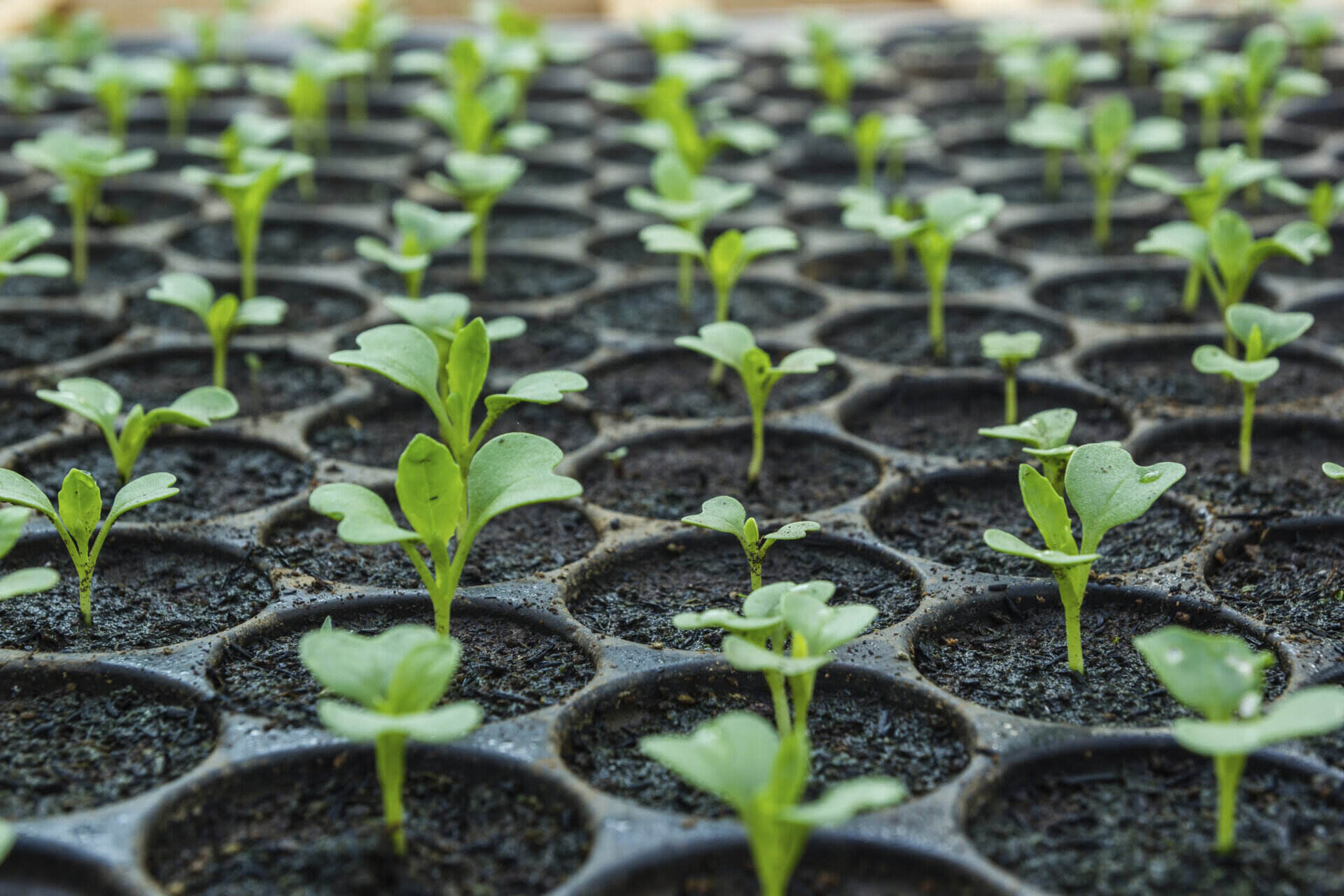
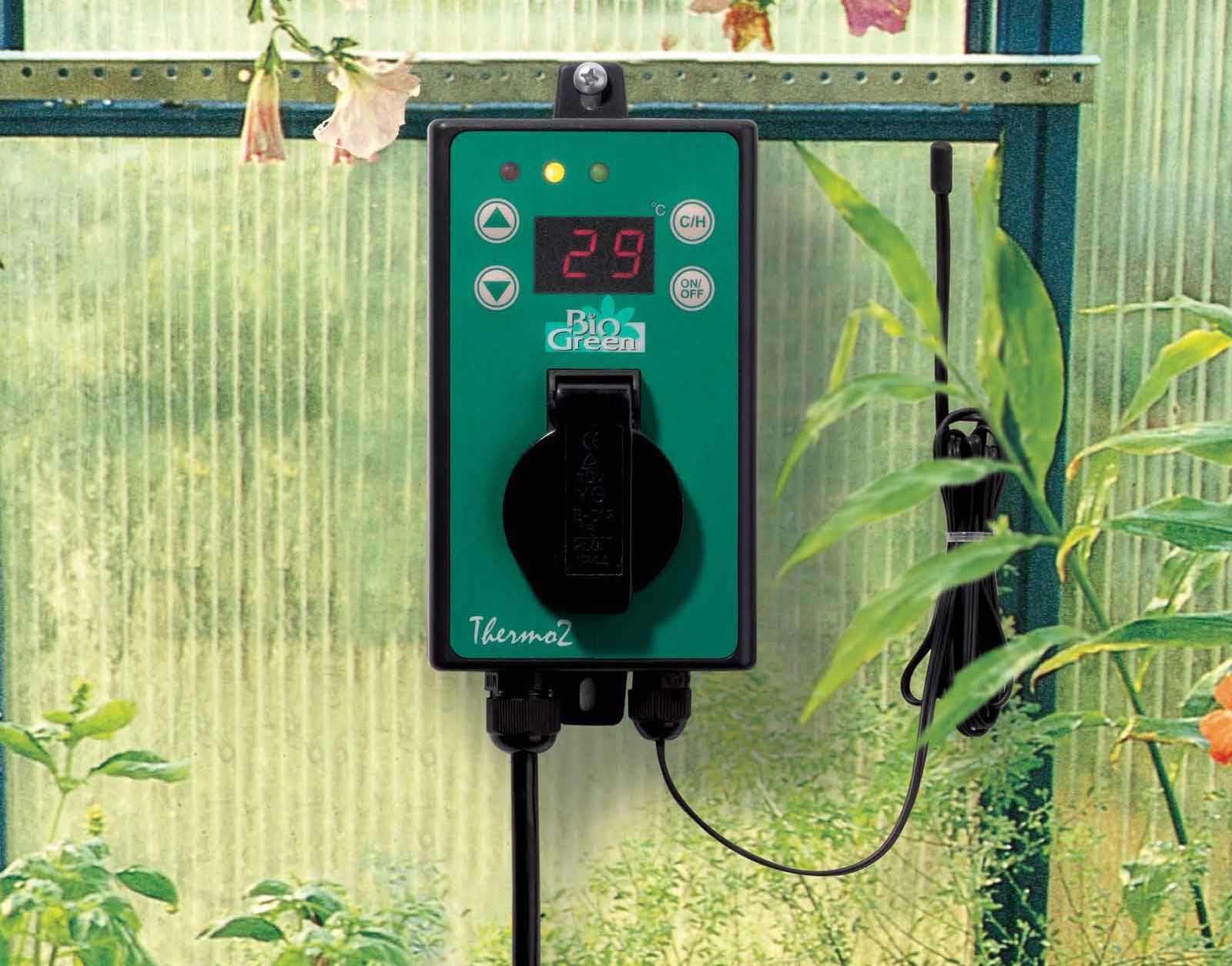
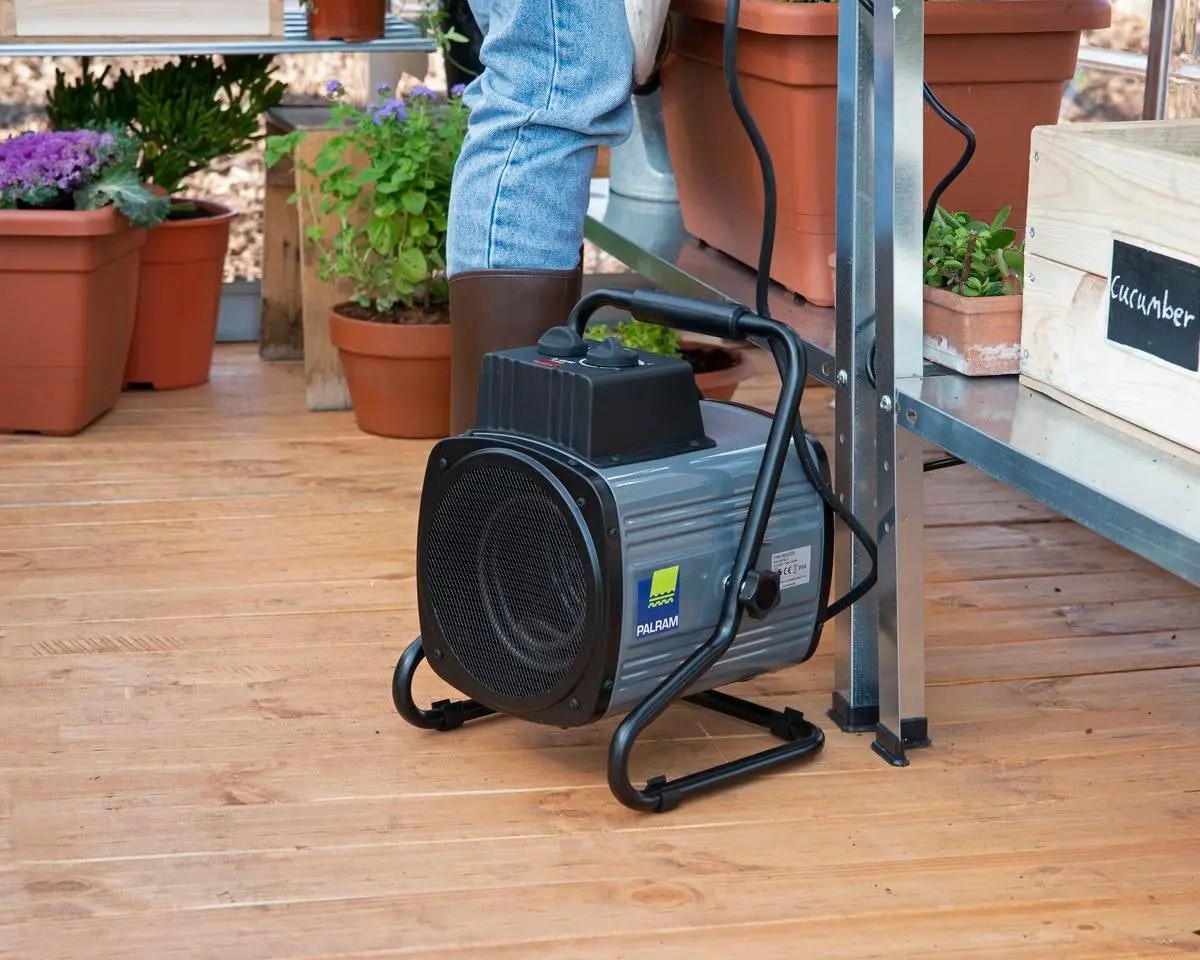
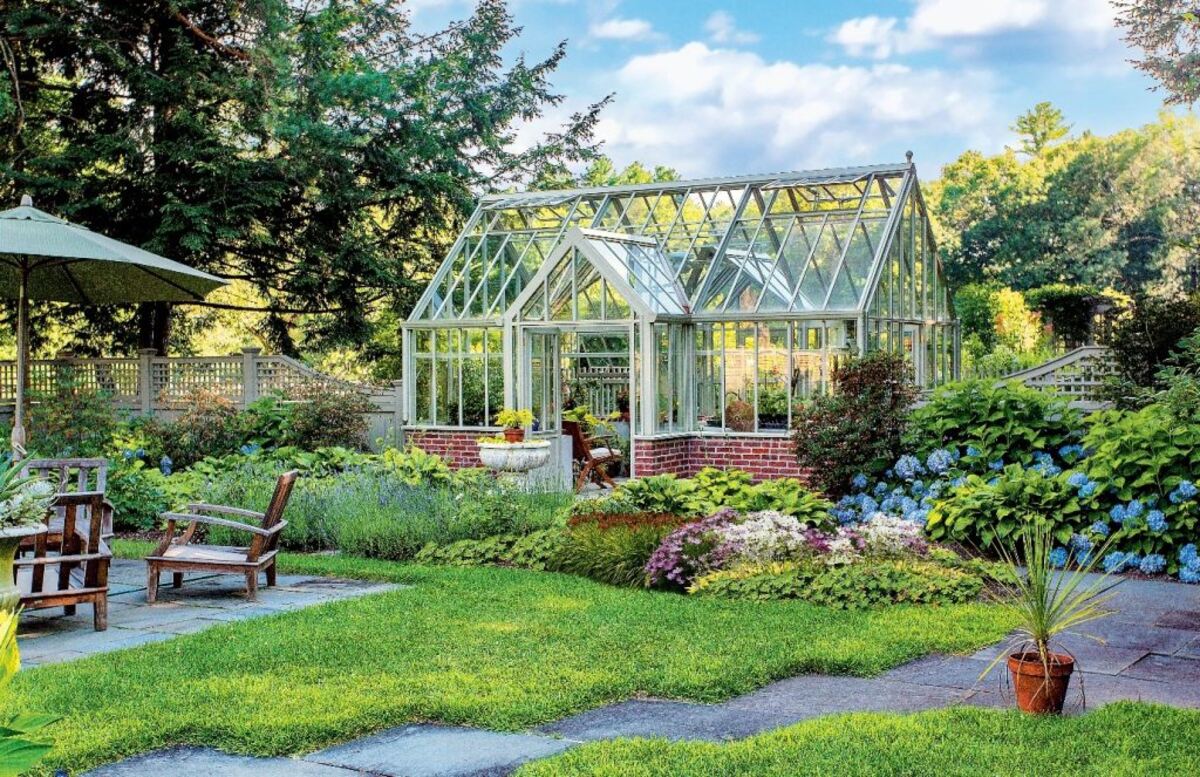
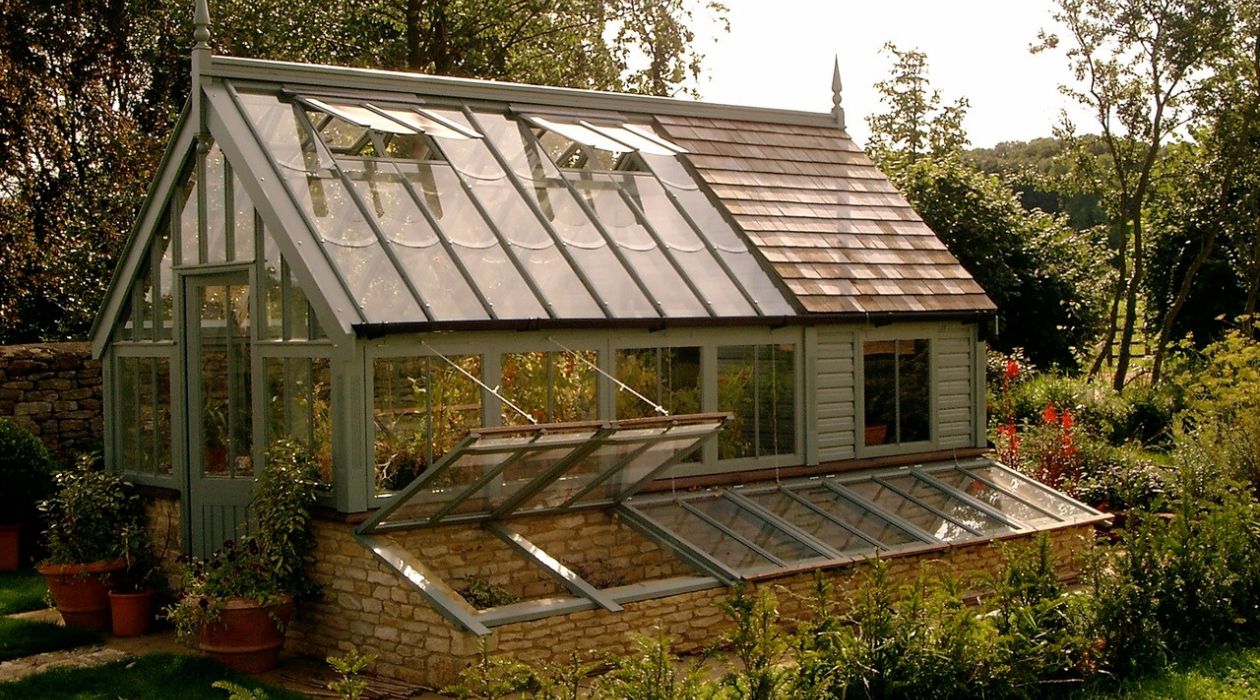
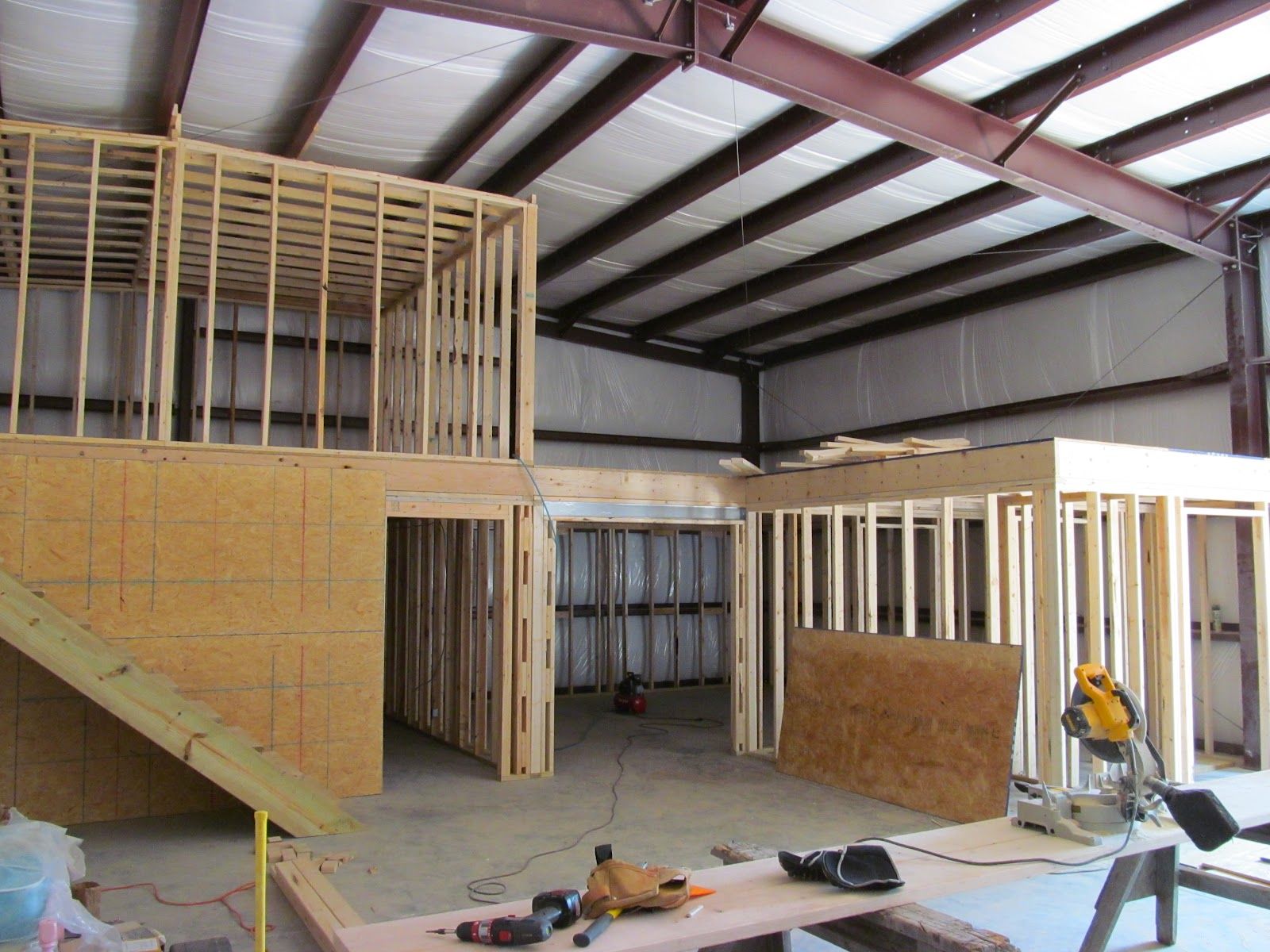

0 thoughts on “How To Build A Greenhouse With Glass”